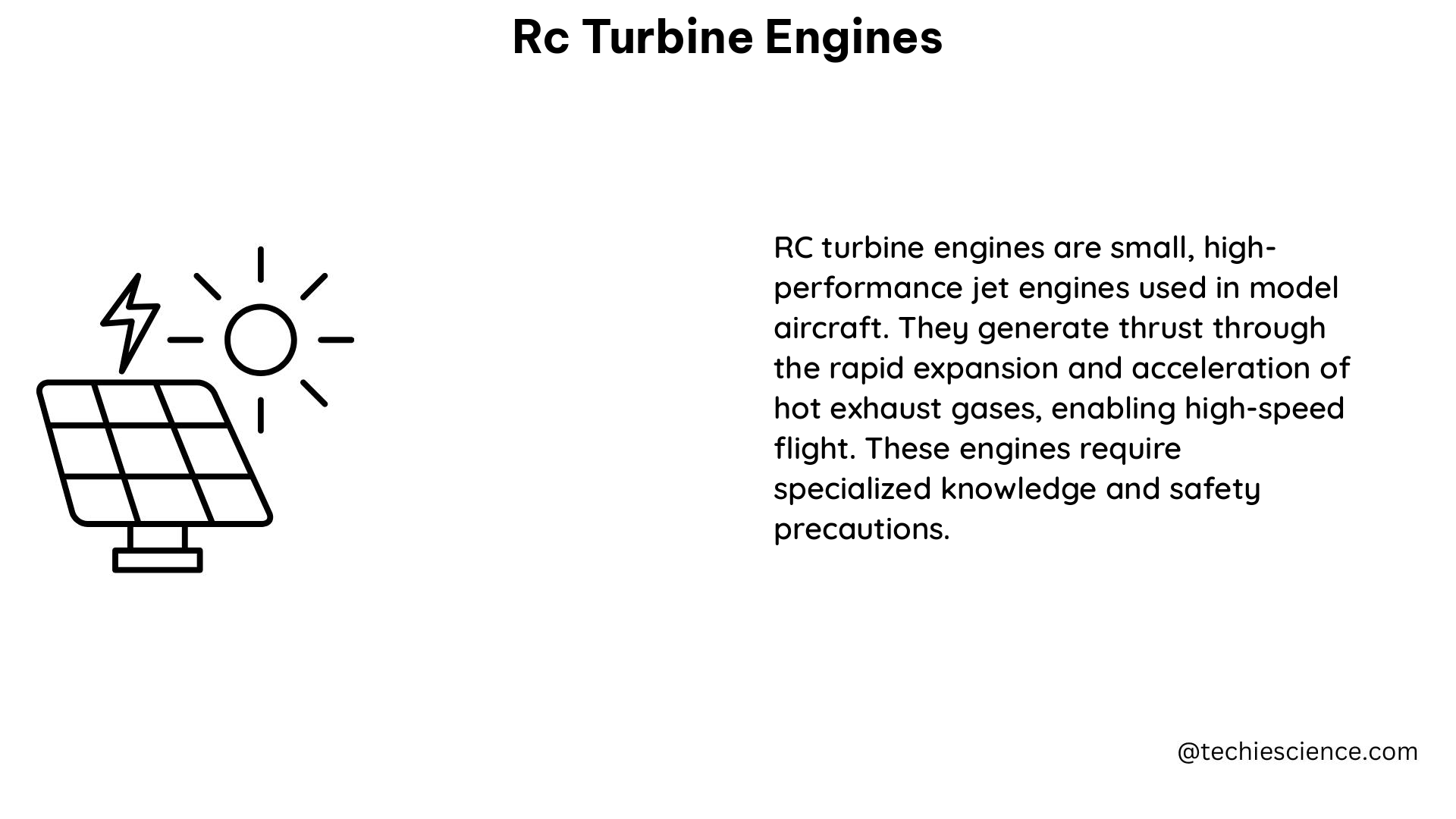RC turbine engines, also known as jet turbine engines, are highly advanced and complex systems used in model aircraft and drones to provide thrust and propulsion. These engines are characterized by their exceptional power-to-weight ratio, making them a popular choice among RC enthusiasts and professionals alike. The performance and safety of these engines are affected by various parameters, including the critical factor of blade tip clearance.
Understanding Blade Tip Clearance
Blade tip clearance is the distance between the tip of the rotor blade and the casing of the engine. This parameter is crucial as it directly affects the efficiency, durability, and safety of the engine. A small blade tip clearance can result in improved fuel efficiency, longer service life, and reduced emissions. However, an excessively small clearance can lead to blade-tip rubbing, which can cause significant damage to the blade and the engine.
The blade tip clearance in RC turbine engines can vary due to various engine and flight loads. Engine loads, such as centrifugal, thermal, internal pressure, and thrust, can create uniform or non-uniform radial displacement, leading to changes in blade tip clearance. Flight loads, such as inertial, aerodynamic, and gyroscopic loads, can also cause variations in blade tip clearance. These variations can significantly impact the performance and safety of the engine, especially during critical phases like takeoff, reacceleration, and deceleration.
Clearance Control Systems

To ensure safe and efficient operation, RC turbine engines employ advanced clearance control systems. These systems can bring down the cruise clearance and track throttle transients, such as takeoff and reacceleration, to lower exhaust gas temperature (EGT) and increase service life. Clearance control systems can also reduce specific fuel consumption (SFC) and fuel burn, leading to reduced emissions and increased engine service life.
The blade tip clearance in RC turbine engines can be measured using various techniques, including:
- Blade Tip-Timing: This method uses multiple sensors to precisely measure the time of arrival of the blade tips, allowing for accurate clearance calculations.
- Dual-Frequency Laser Phase Ranging: This technique utilizes two laser beams with different frequencies to measure the distance to the blade tips, providing reliable clearance data even in high-speed and high-temperature environments.
In addition to these advanced techniques, more traditional sensors, such as eddy current sensors, capacitive sensors, and inductive sensors, can also be used to measure blade tip clearance in RC turbine engines.
Technical Specifications
RC turbine engines can vary significantly in terms of size, weight, and power output. For example, the JetCat P100-RX turbine engine has a weight of 1.3 kg, a power output of 100 N, and a maximum shaft speed of 100,000 rpm. This engine uses a single-stage centrifugal compressor, a single-stage axial turbine, and a recuperator to improve efficiency. It also features a digital electronic governor to precisely control the fuel flow and shaft speed.
Other RC turbine engines may have different specifications, such as:
| Engine Model | Weight (kg) | Power Output (N) | Max Shaft Speed (rpm) |
|---|---|---|---|
| JetCat P80-RX | 1.1 | 80 | 95,000 |
| Wren 44 | 1.6 | 110 | 105,000 |
| Jetcat P200-SX | 2.1 | 200 | 110,000 |
These engines often incorporate advanced features like recuperators, digital governors, and clearance control systems to optimize performance, efficiency, and safety.
Maintenance and Troubleshooting
Proper maintenance and troubleshooting are crucial for the safe and reliable operation of RC turbine engines. Regular inspections, cleaning, and servicing of critical components, such as the compressor, turbine, and fuel system, are essential to maintain optimal performance and prevent potential issues.
Common maintenance tasks include:
- Checking and adjusting blade tip clearance
- Cleaning the compressor and turbine blades
- Inspecting and replacing worn or damaged parts
- Calibrating the digital governor and fuel system
- Monitoring engine parameters like EGT, RPM, and fuel flow
Troubleshooting RC turbine engines may involve diagnosing and addressing issues related to engine performance, vibrations, fuel system malfunctions, and electronic control system failures. Consulting manufacturer-recommended maintenance procedures and seeking guidance from experienced RC turbine enthusiasts or professionals is highly recommended.
Conclusion
RC turbine engines are highly sophisticated and technologically advanced systems that require a deep understanding of their design, operation, and maintenance. Blade tip clearance is a critical parameter that directly impacts the efficiency, durability, and safety of these engines. By utilizing advanced clearance control systems and measurement techniques, RC turbine enthusiasts and professionals can ensure the optimal performance and longevity of their engines.
This comprehensive guide has provided a detailed overview of the key aspects of RC turbine engines, from understanding blade tip clearance to exploring technical specifications and maintenance considerations. By applying this knowledge, RC enthusiasts can unlock the full potential of these remarkable power plants and enjoy the thrill of high-performance model aircraft and drone flight.
References:
- Blade tip clearance–measuring technologies for gas turbine engines: a review. Journal of Mechanical Science and Technology, 2020, 34(2), 837-854.
- Turbine Engine Clearance Control Systems. NASA/CP-2003-212458/VOL1, 2003.
- JetCat P100-RX Turbine Engine Specifications. JetCat USA, 2021.
- Small jet engine reservoir computing digital twin. arXiv preprint arXiv:2312.09978, 2023.
- RC Turbine Engine Basics. RC Universe Forums, 2018.
- Measuring Blade Tip Clearance in Gas Turbines. NASA Technical Reports Server, 2004.
- Design and Analysis of a Micro Gas Turbine Engine. SAE Technical Paper 2007-01-0027, 2007.
- RC Turbine Engine Maintenance and Repair. RC Universe Forums, 2015.
- RC Turbine Engine Noise Reduction. RC Universe Forums, 2017.
- RC Turbine Engine Thrust Calculation. RC Universe Forums, 2019.

The lambdageeks.com Core SME Team is a group of experienced subject matter experts from diverse scientific and technical fields including Physics, Chemistry, Technology,Electronics & Electrical Engineering, Automotive, Mechanical Engineering. Our team collaborates to create high-quality, well-researched articles on a wide range of science and technology topics for the lambdageeks.com website.
All Our Senior SME are having more than 7 Years of experience in the respective fields . They are either Working Industry Professionals or assocaited With different Universities. Refer Our Authors Page to get to know About our Core SMEs.